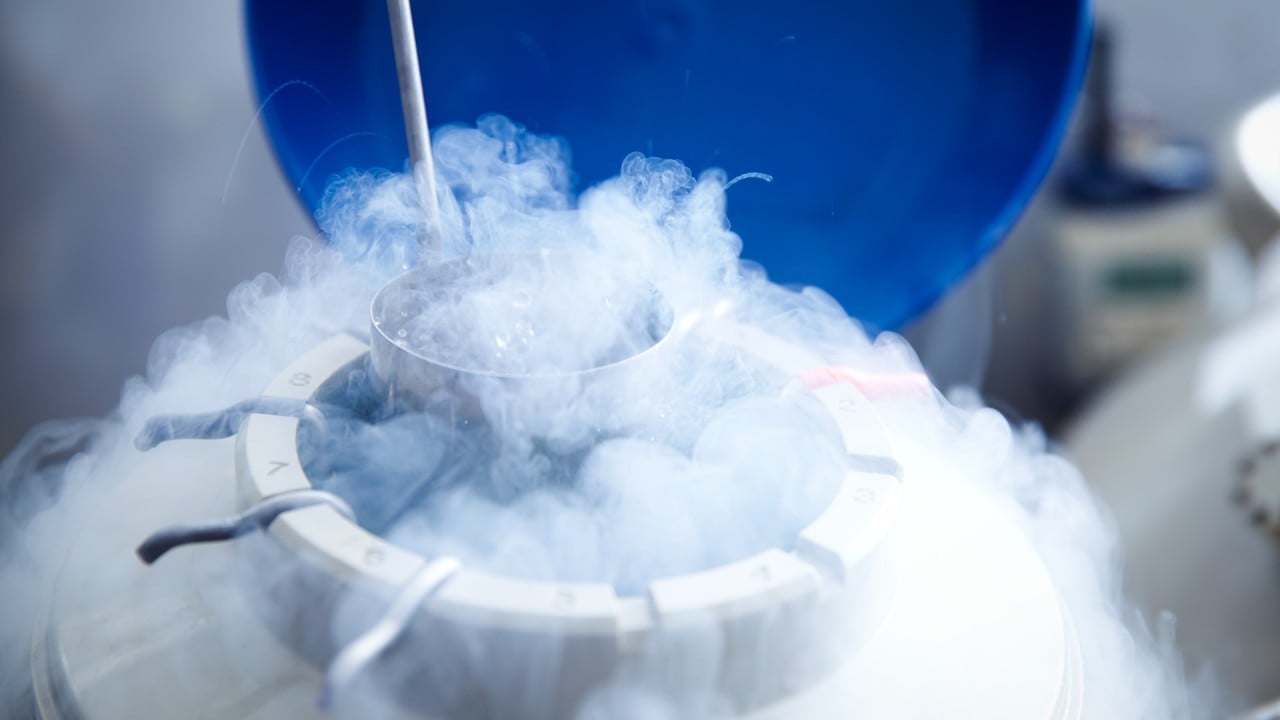
Can Japan’s space sector reach for the stars after H3 rocket’s successful launch?
- Japan can tap strong demand for commercial satellite launches as its rivals face major hurdles in their space programmes, analysts say
- But the East Asian nation has to show it can continue to launch satellites into orbit with the H3 rocket while keeping costs down for clients
One of the satellites put into space using the H3 was developed by Canon Electronics, another belonged to a consortium that included Japan Space Systems.
The H3 is designed to succeed the H-IIA rocket, which first flew in 2001 and is reaching the end of its design life, with just two more launches scheduled.
‘Natural’ for Japan to play larger Aukus role, but likely not as partner
Japan started work on the H3 some years ago but developing its first-stage LE-9 engine was more problematic than anticipated. The engine is designed to deliver 40 per cent more propulsion than the engine in the H-IIA, but its complexities caused the H3’s maiden launch to be delayed twice.
Saturday’s successful launch from the Tanegashima Space Centre saw the 57-metre rocket reach an altitude of 670km before it deployed the satellites. The vehicle can carry a larger payload than its predecessor and operate at a lower cost.
JAXA and MHI managed to bring development costs down by utilising some electrical components designed for cars and using 3D printers instead of fabricating new parts entirely from scratch.
While a launch with the SpaceX Falcon 9 would cost a client around 7.35 billion yen (US$49 million), the cost for a previous launch with the H-IIA was significantly higher at 10 billion yen. JAXA and MHI are aiming to bring the price of satellite delivery via the H3 down to just 5 billion yen.
“It is not unusual for a developer to have a catastrophic failure in the first, second or third flights and they had that problem with the H3,” said Lance Gatling, president of Nexial Research and an aerospace and defence analyst.
“They have fixed that problem and now we have to watch the longer-term reliability, the next 10 launches or so,” he told This Week in Asia.
For clients, the main concern is not specifically the rocket but its capability to launch satellites into the correct orbit and fly on schedule, as well as its cost-effectiveness, Gatling said.
“The rocket is just the delivery truck and its life is very short while the satellite that it carries will be up there [in space] for 10 or 15 years,” he said.
‘ATM’ for Ukraine? Some Japanese question Tokyo’s continued aid for Kyiv
Kazuto Suzuki, a professor of science and technology policy at Tokyo University, said the two organisations behind the H3 rocket were likely optimistic about its chances after assessing potential rivals.
“SpaceX is the giant of the business at the moment but South Korea has not been able to commercialise its technology and has only managed two launches in the last five years,” Suzuki said.
“The European Space Agency has been having problems and is not launching its Ariane-6 yet while the Vulcan rocket, the joint venture between Boeing and Lockheed Martin, has only successfully launched once and is not close to commercialisation because it is so expensive.”

“The market for space launches is growing and other vehicles are not available for different reasons so I believe that Japan is automatically in second place in the market,” Suzuki said. “Slots on existing rockets are already full and operators want to get their satellites into orbit so this is an opportunity.”
According to data from Japan’s Cabinet Office, there were 212 rocket launches around the world last year, nearly tripled the number in 2013. The Japanese government has set a target of 30 launches a year by the early 2030s, including through private space ventures.
“The satellite launch market is booming,” said Morinosuke Kawaguchi, a technology analyst and consultant, who was previously a lecturer at the Tokyo Institute of Technology.
“Countries in the ‘Global South’ can develop satellites but do not have the means to get them into orbit and with launches from Russia now much more difficult and US pressure on China, this is a very promising situation for Japan,” Kawaguchi said.
JAXA and MHI need to show that the H-IIA’s strong features in terms of reliability would also be reflected in the H3, he added.
“They need to show again and again that the H3 is a stable delivery vehicle and build up that credibility. And the only way to do that is to keep doing a good job.”


